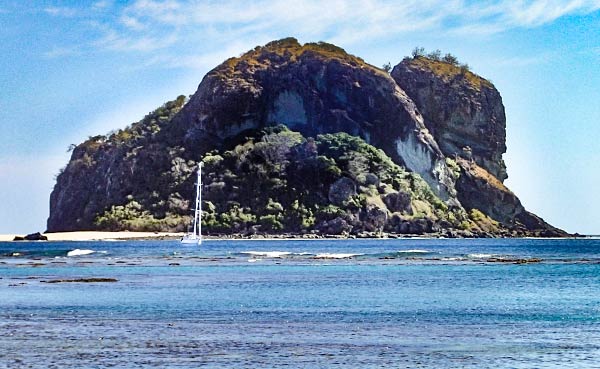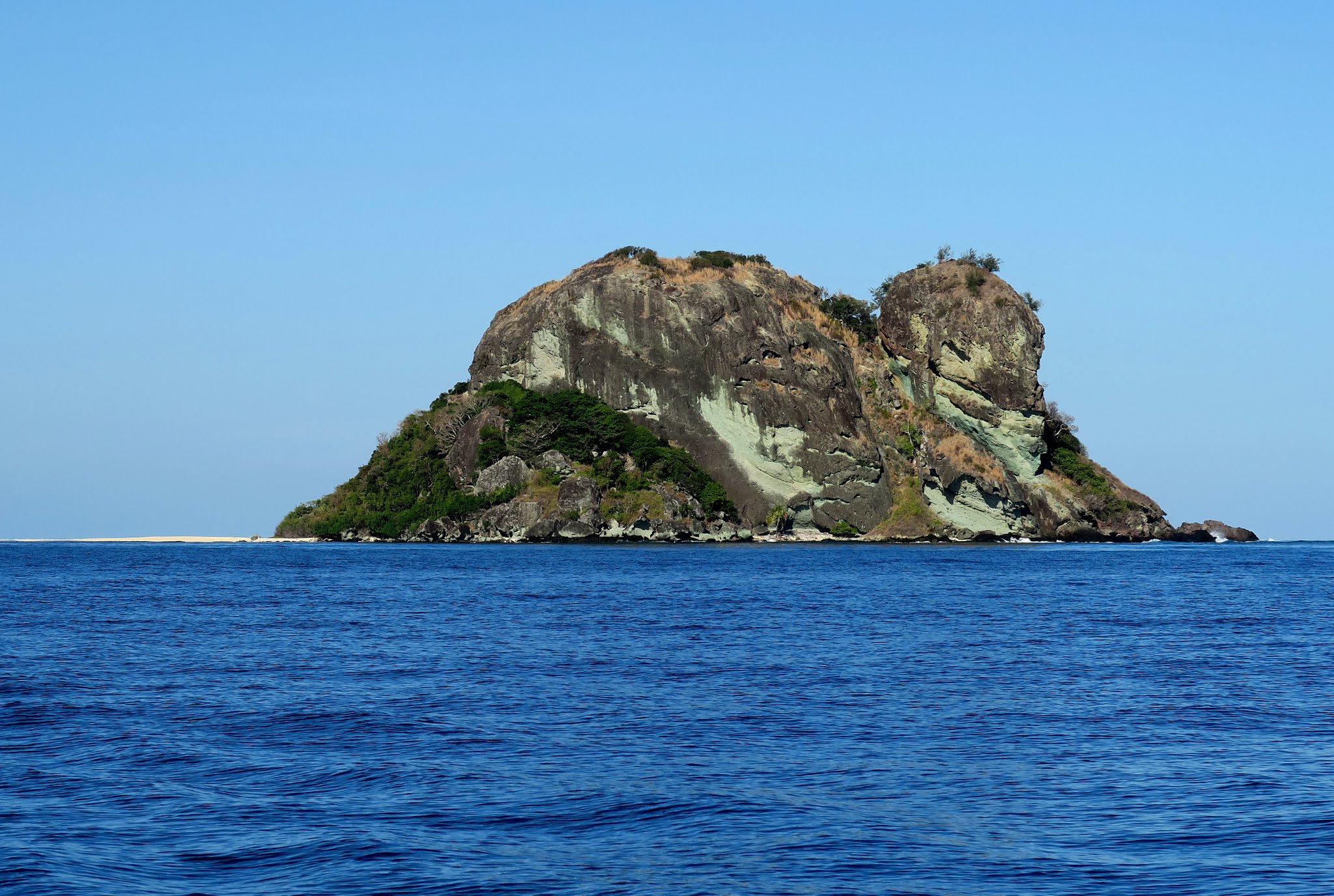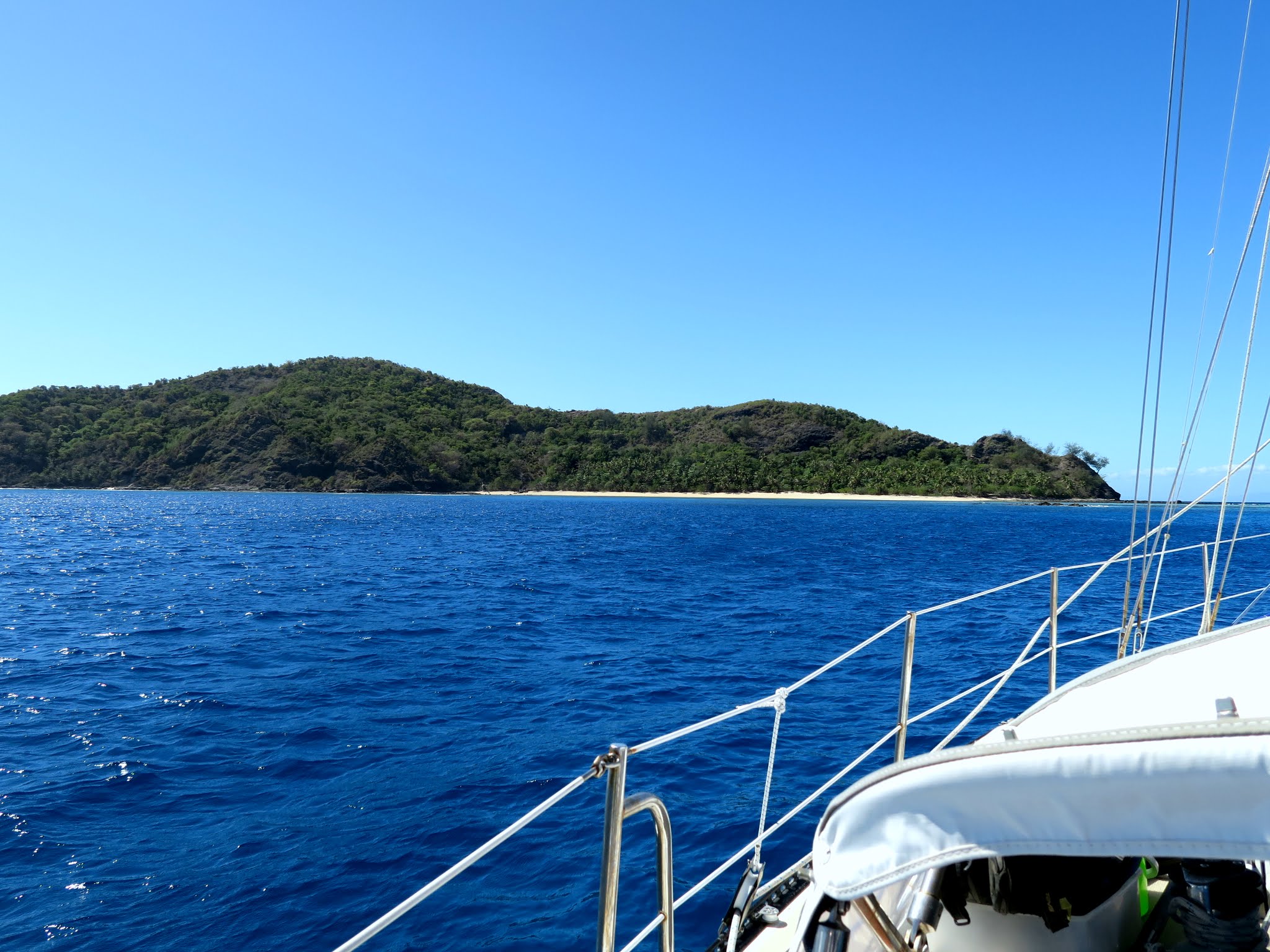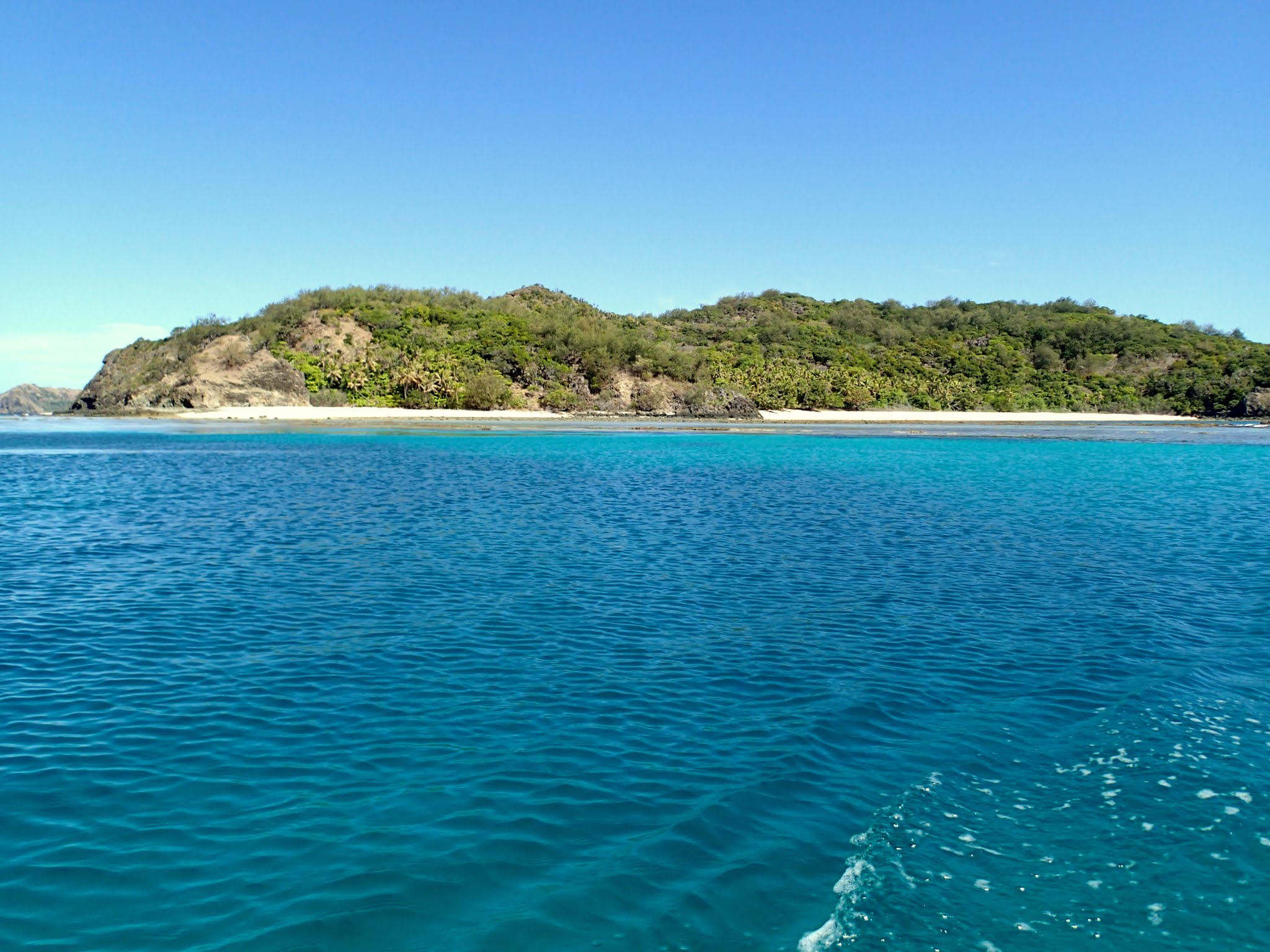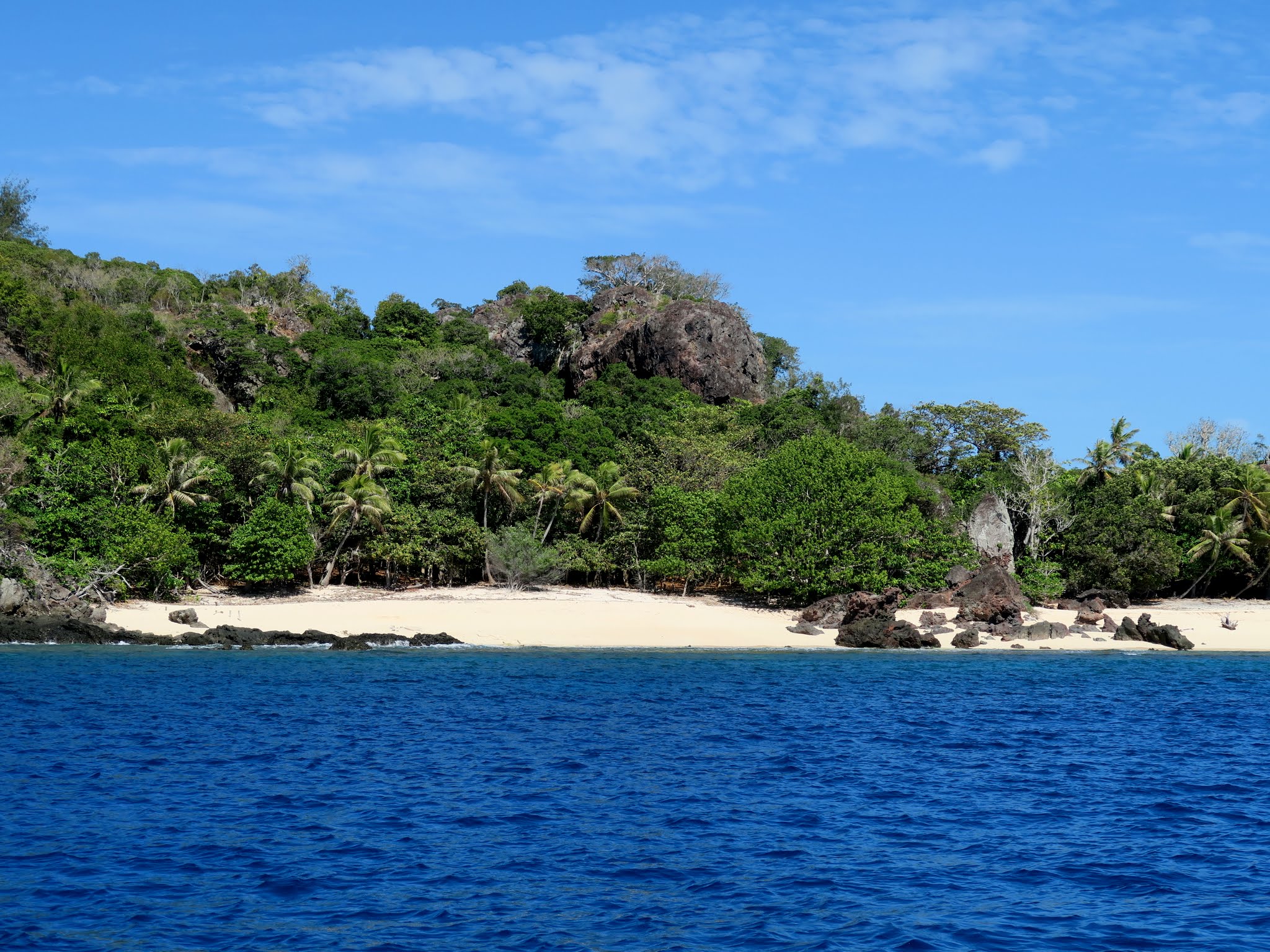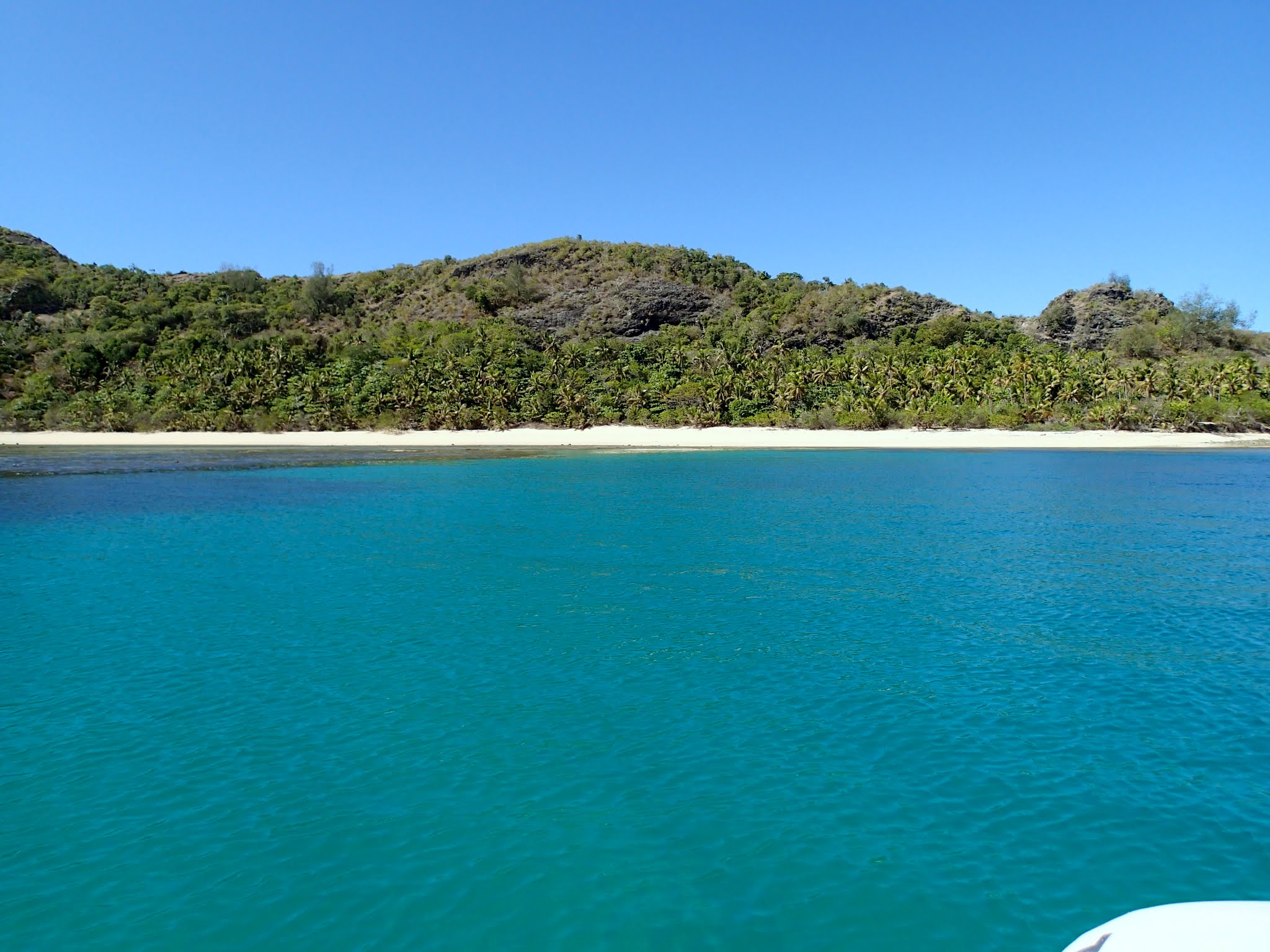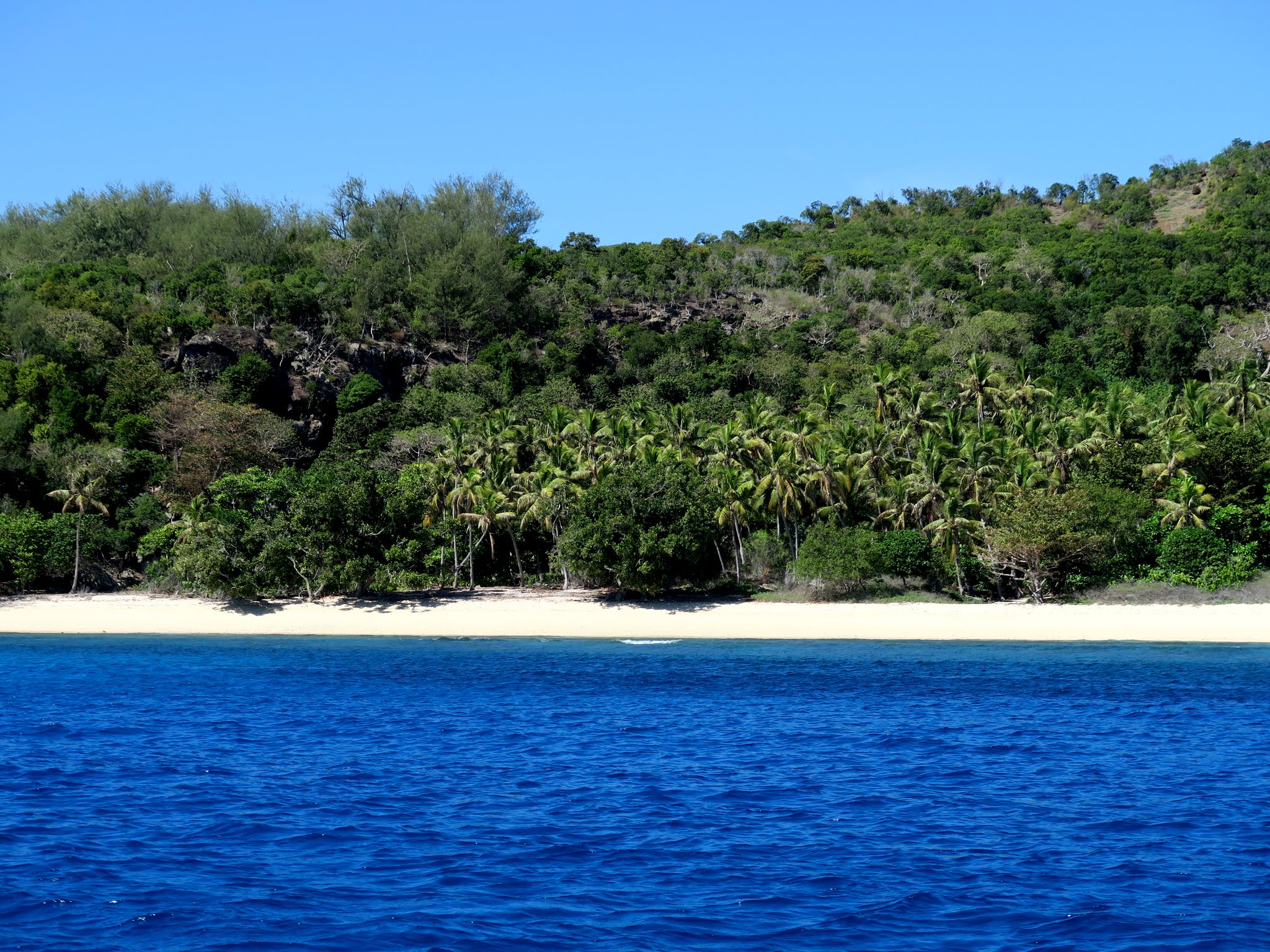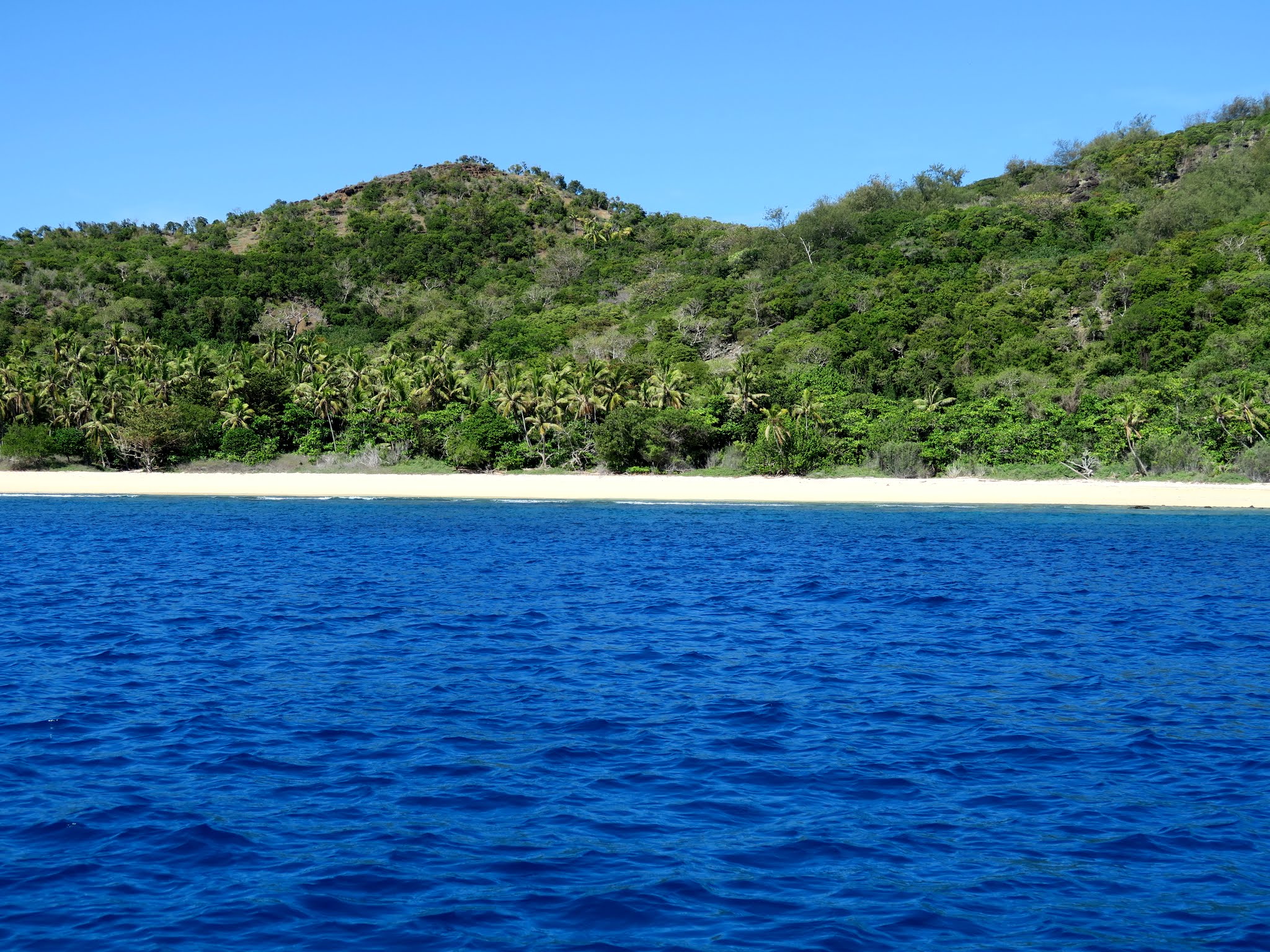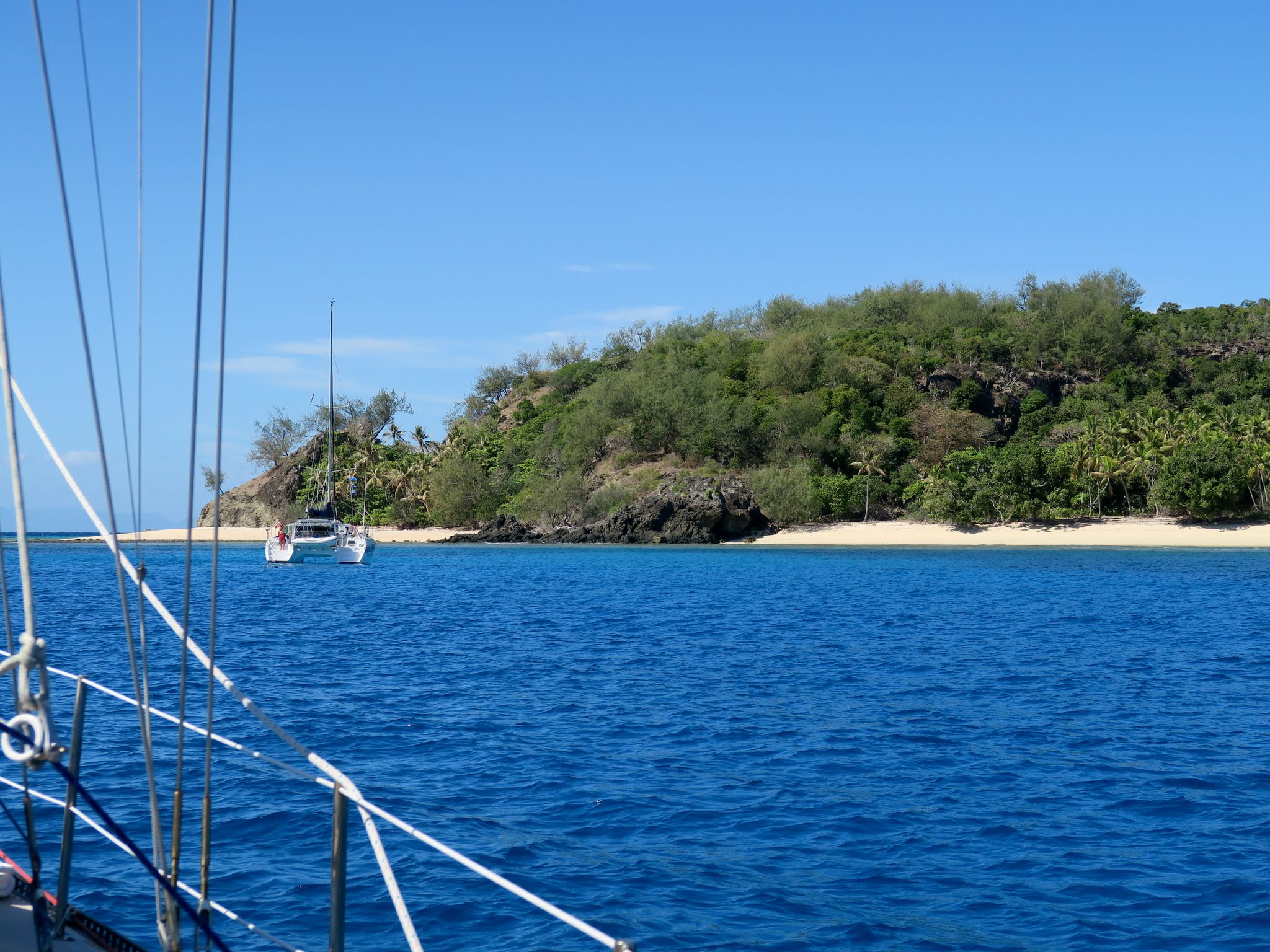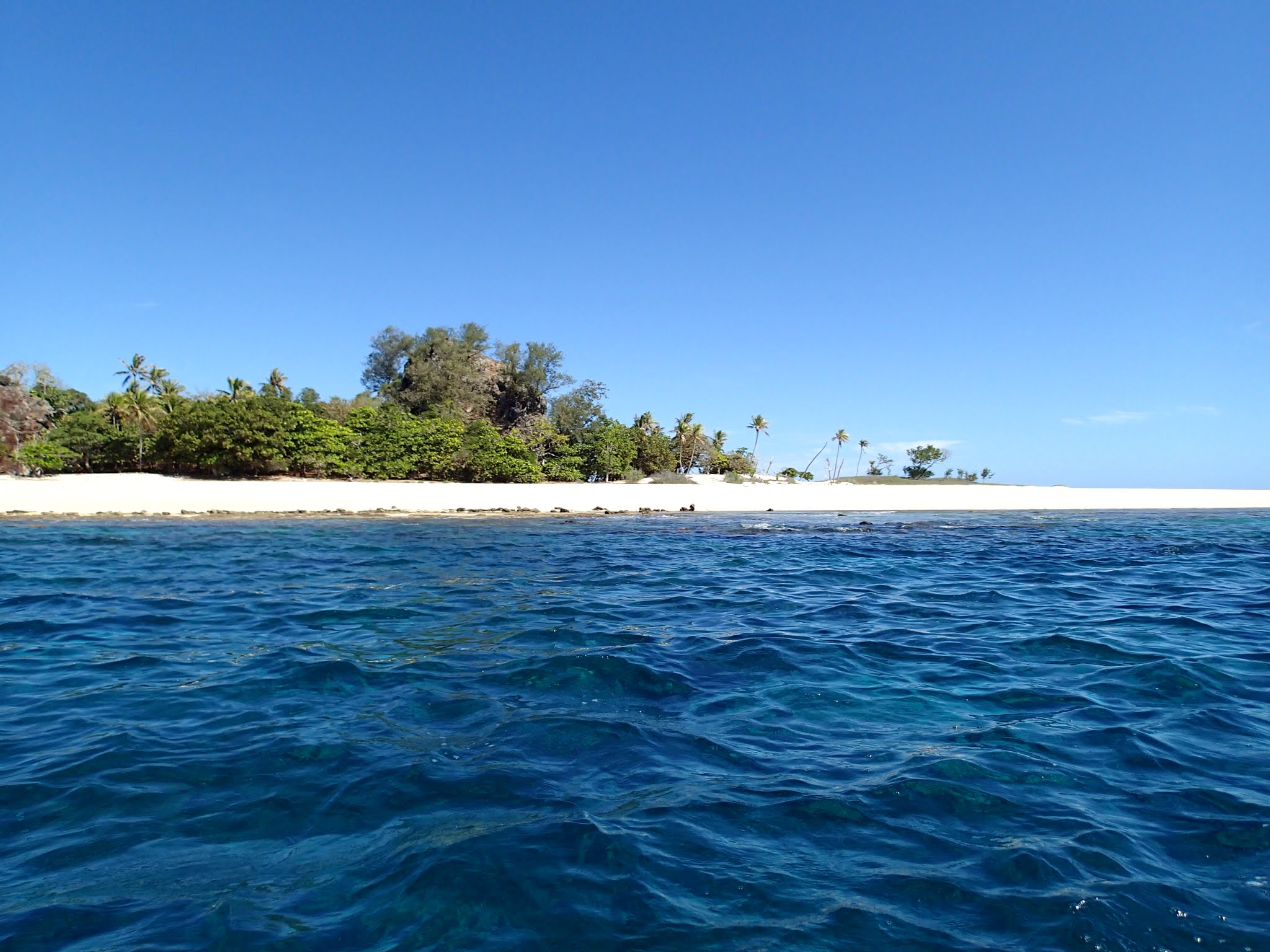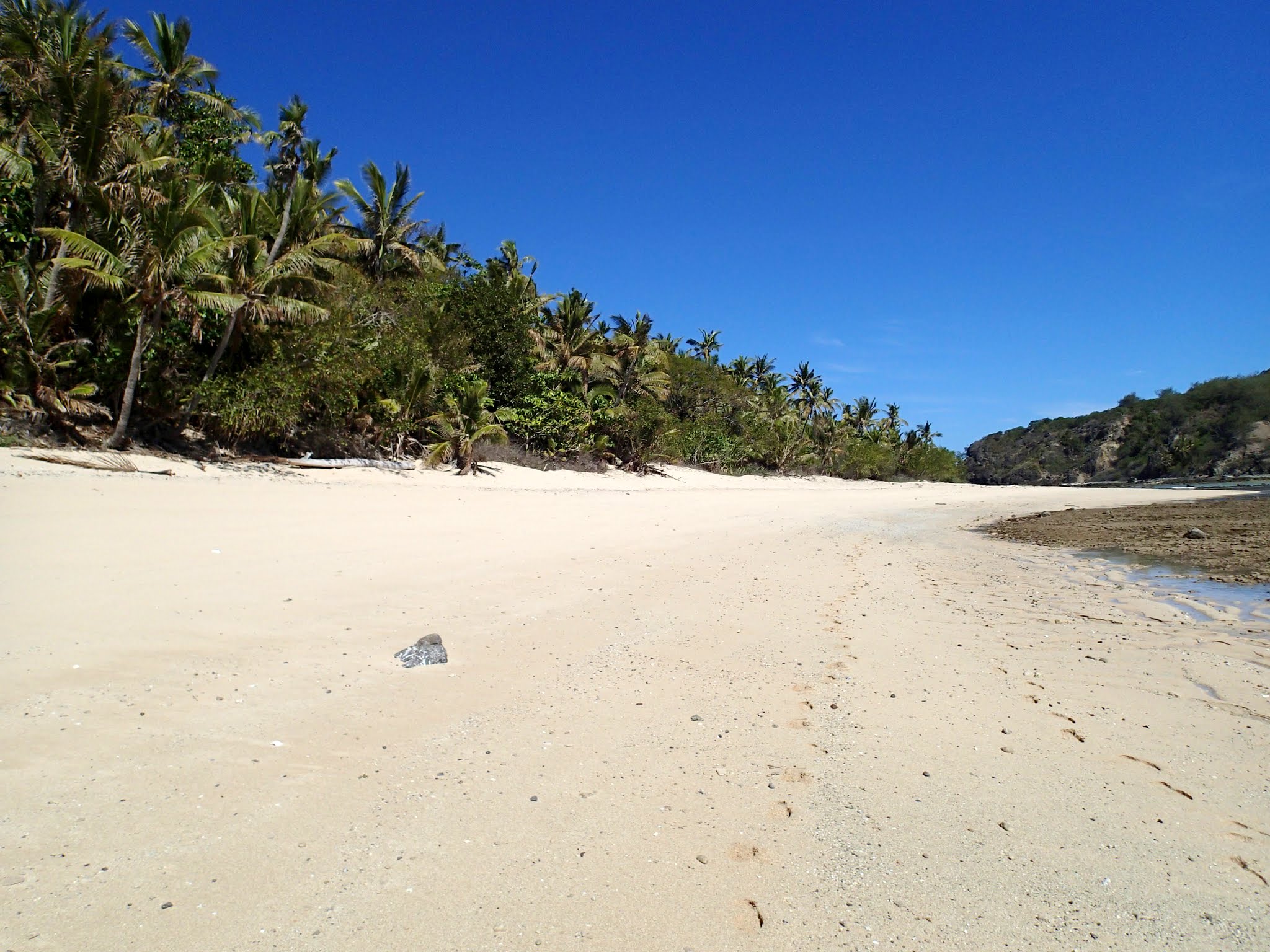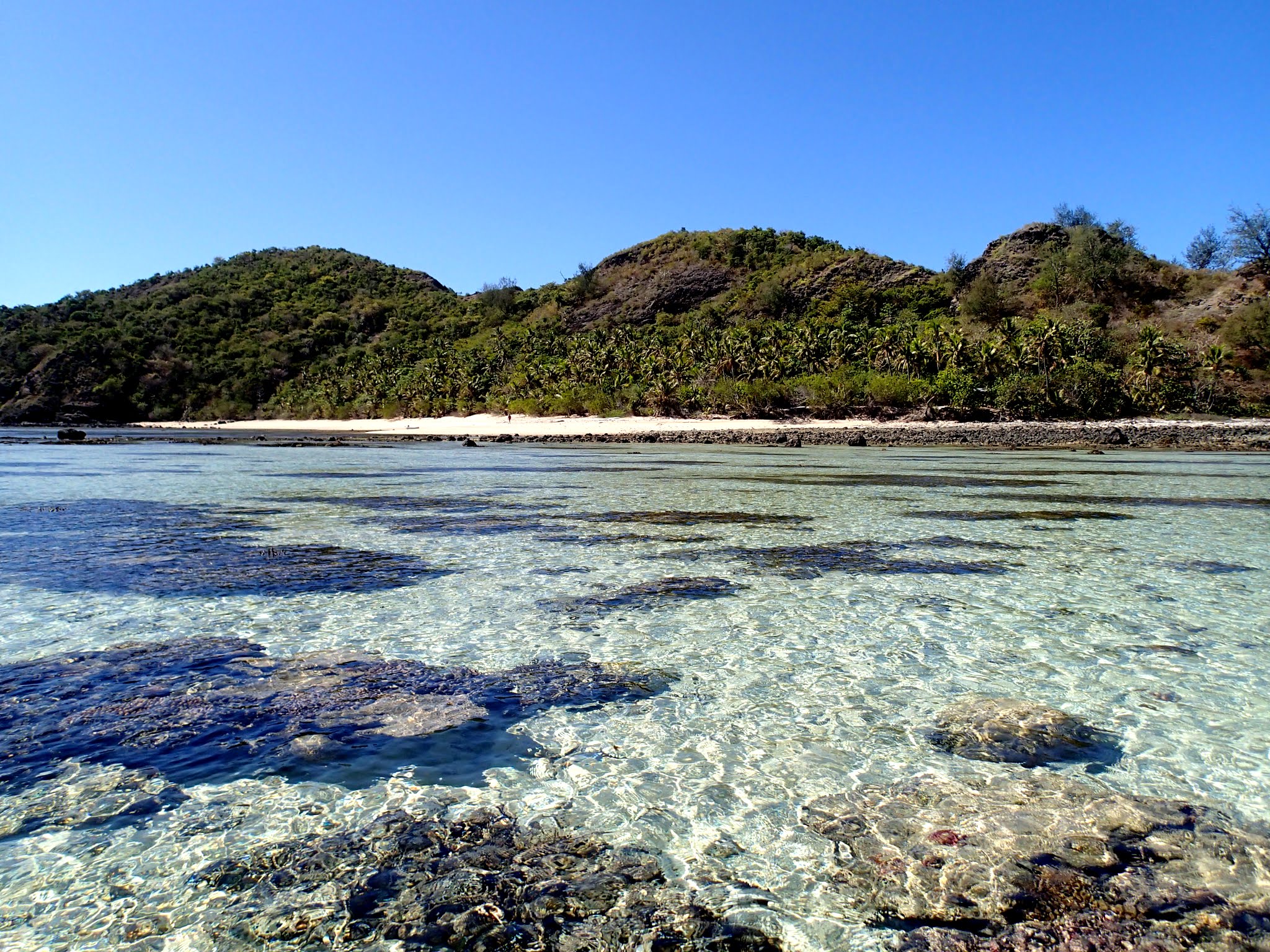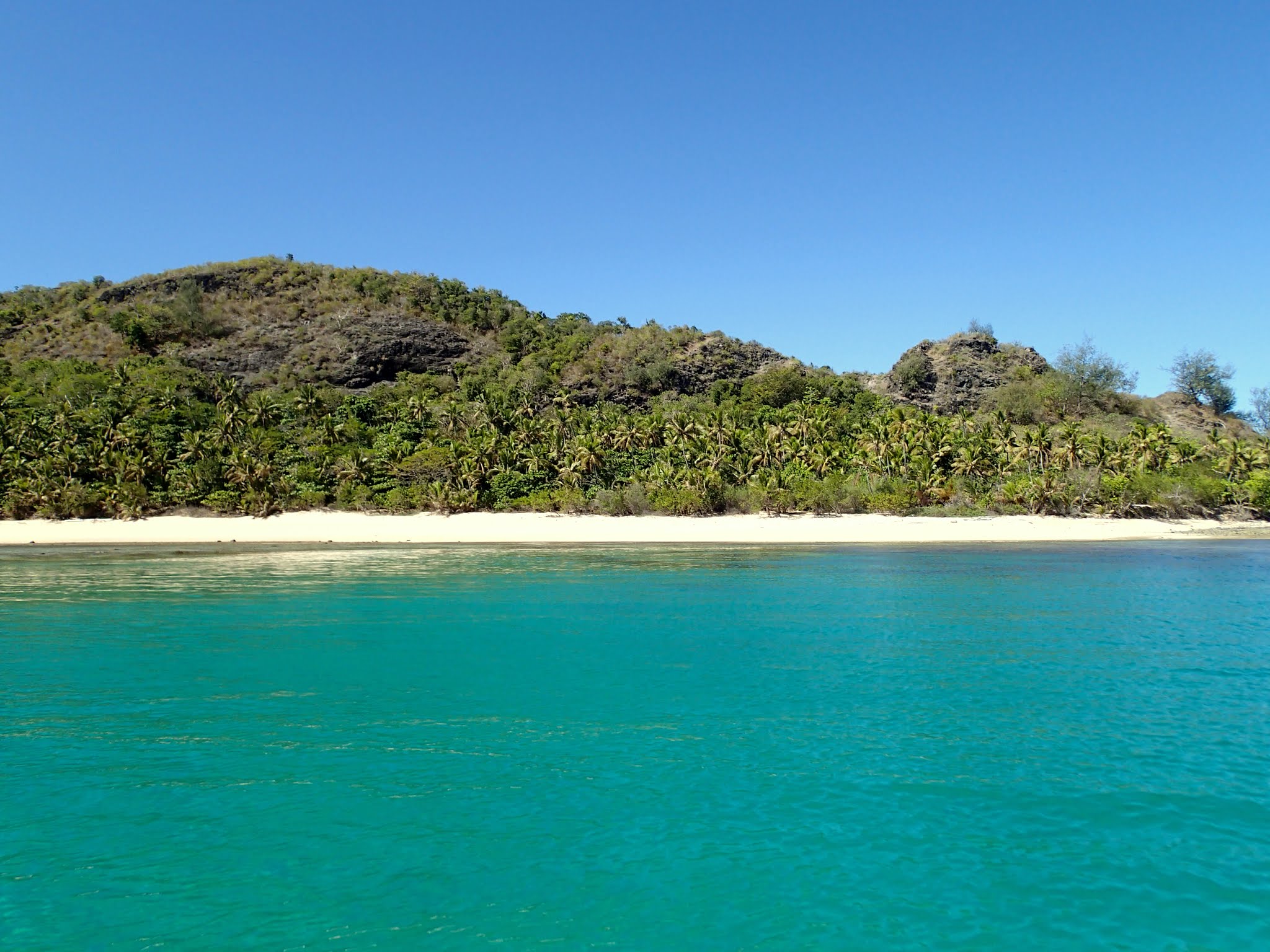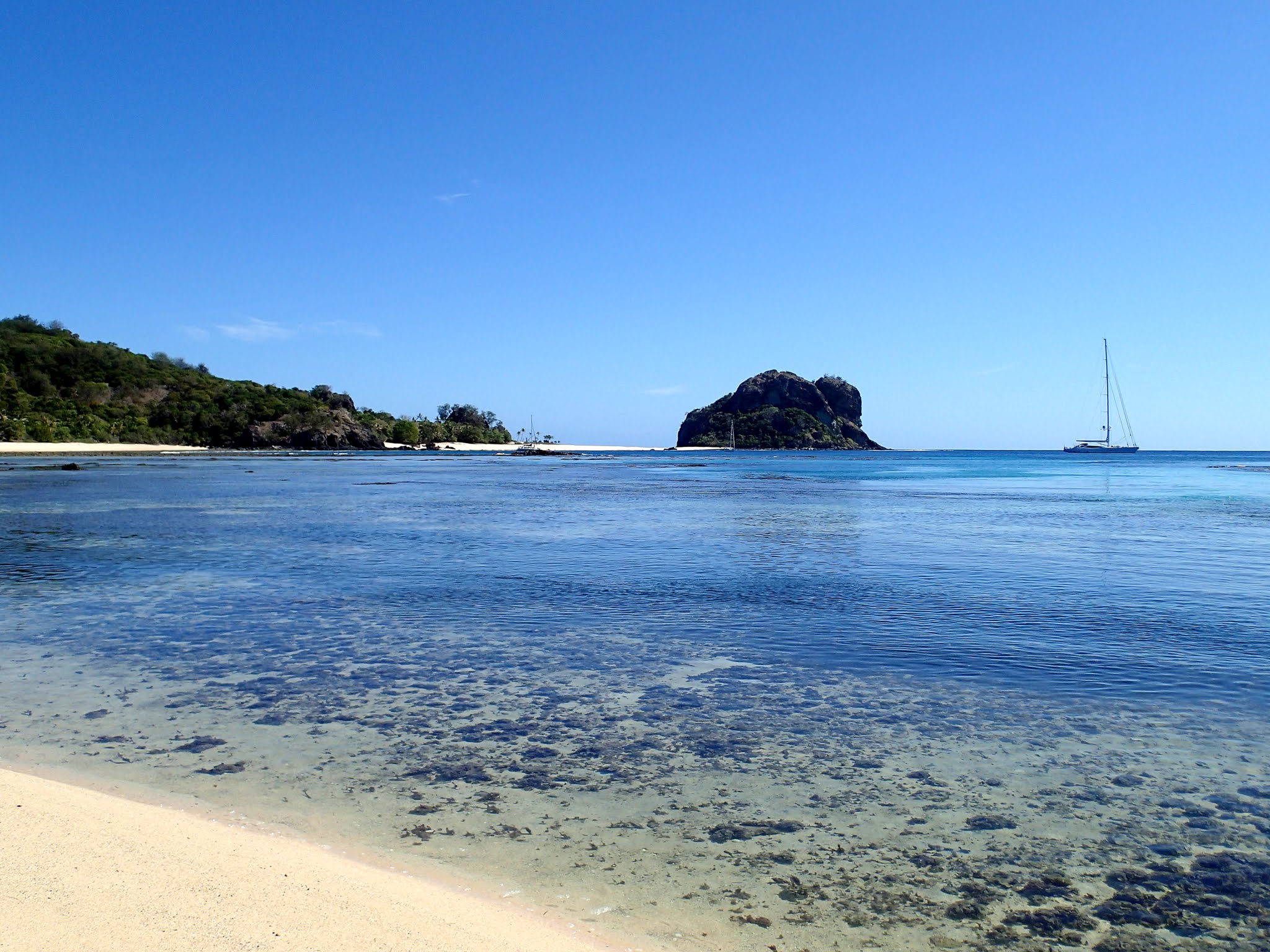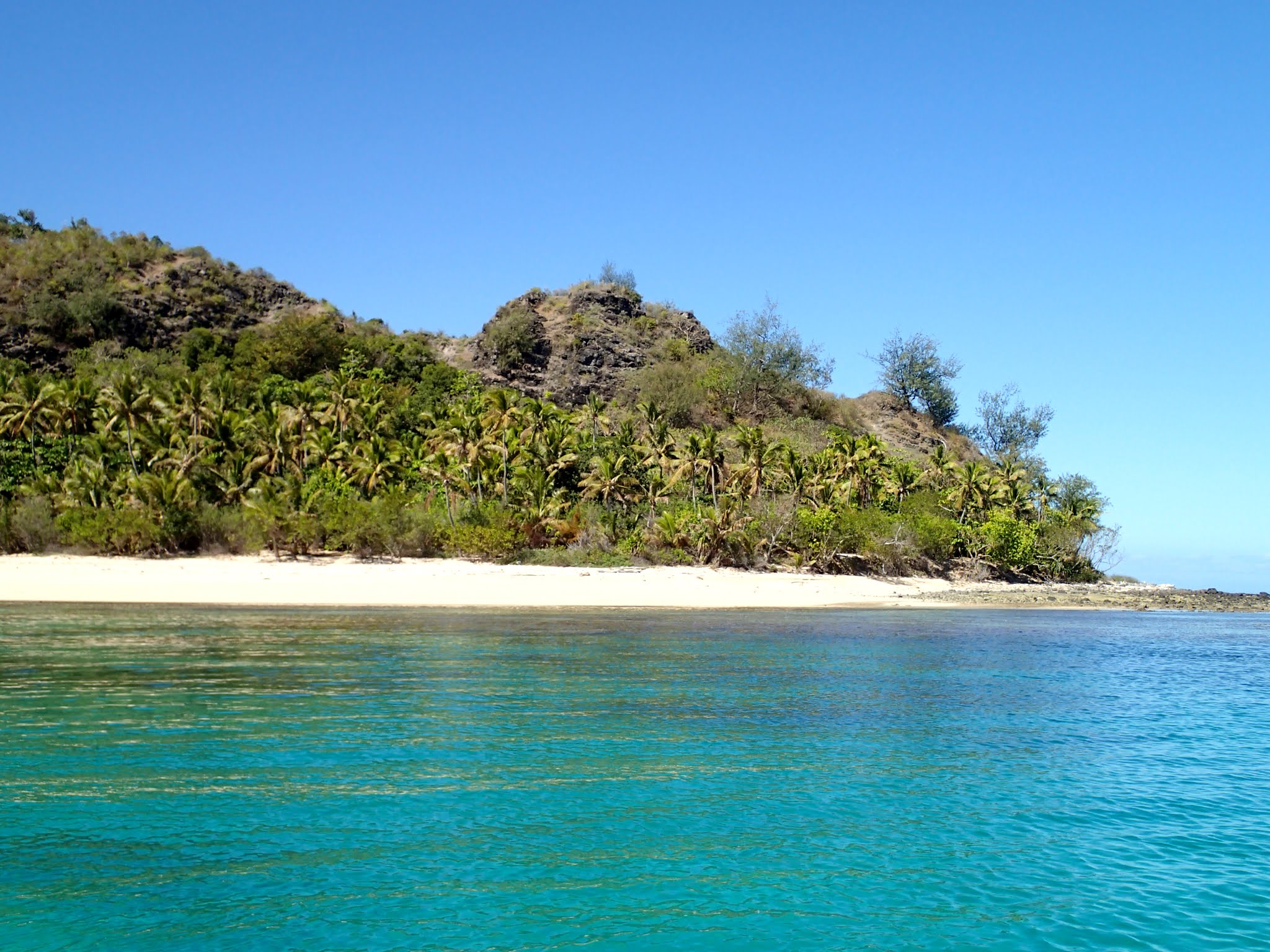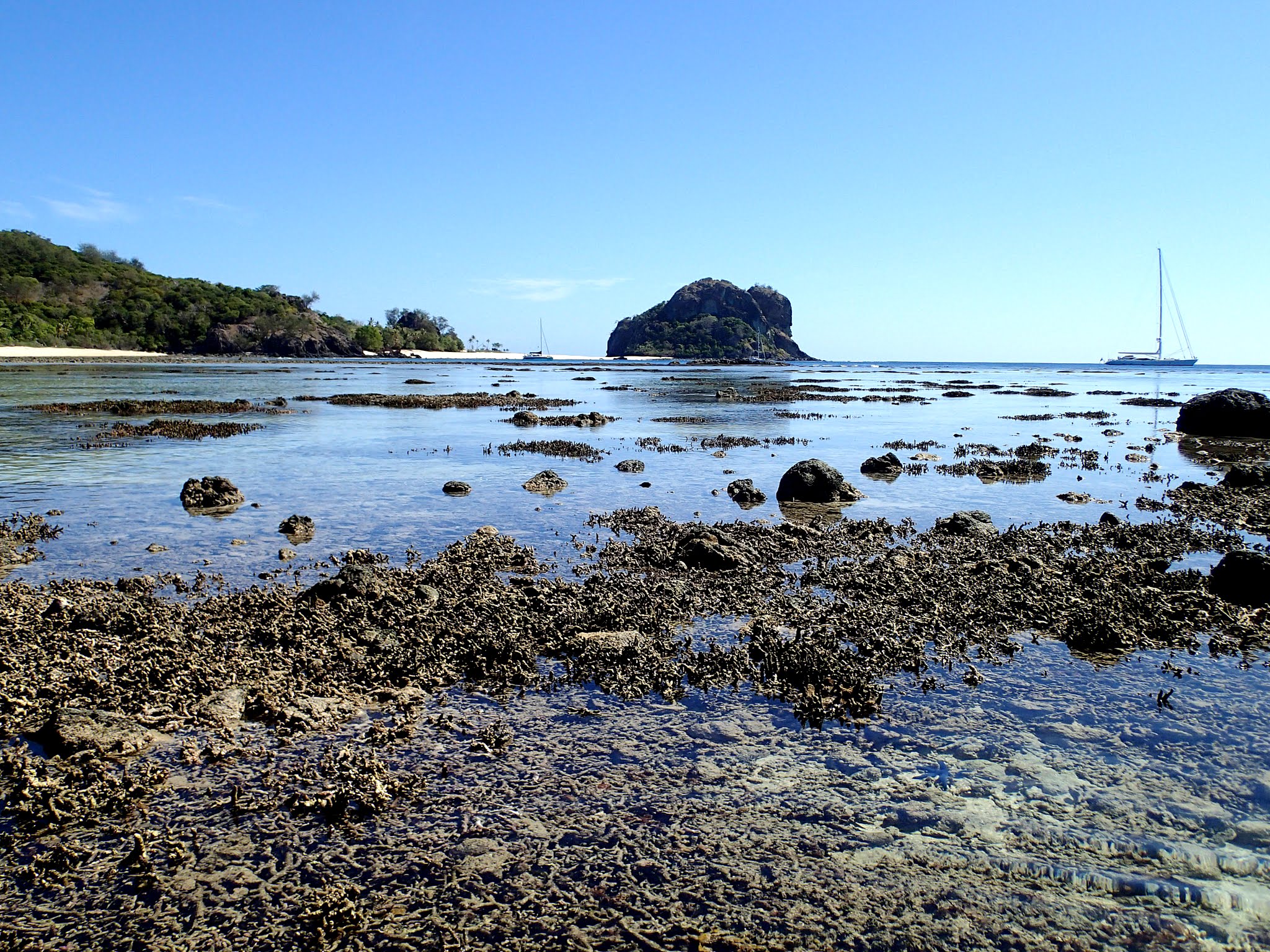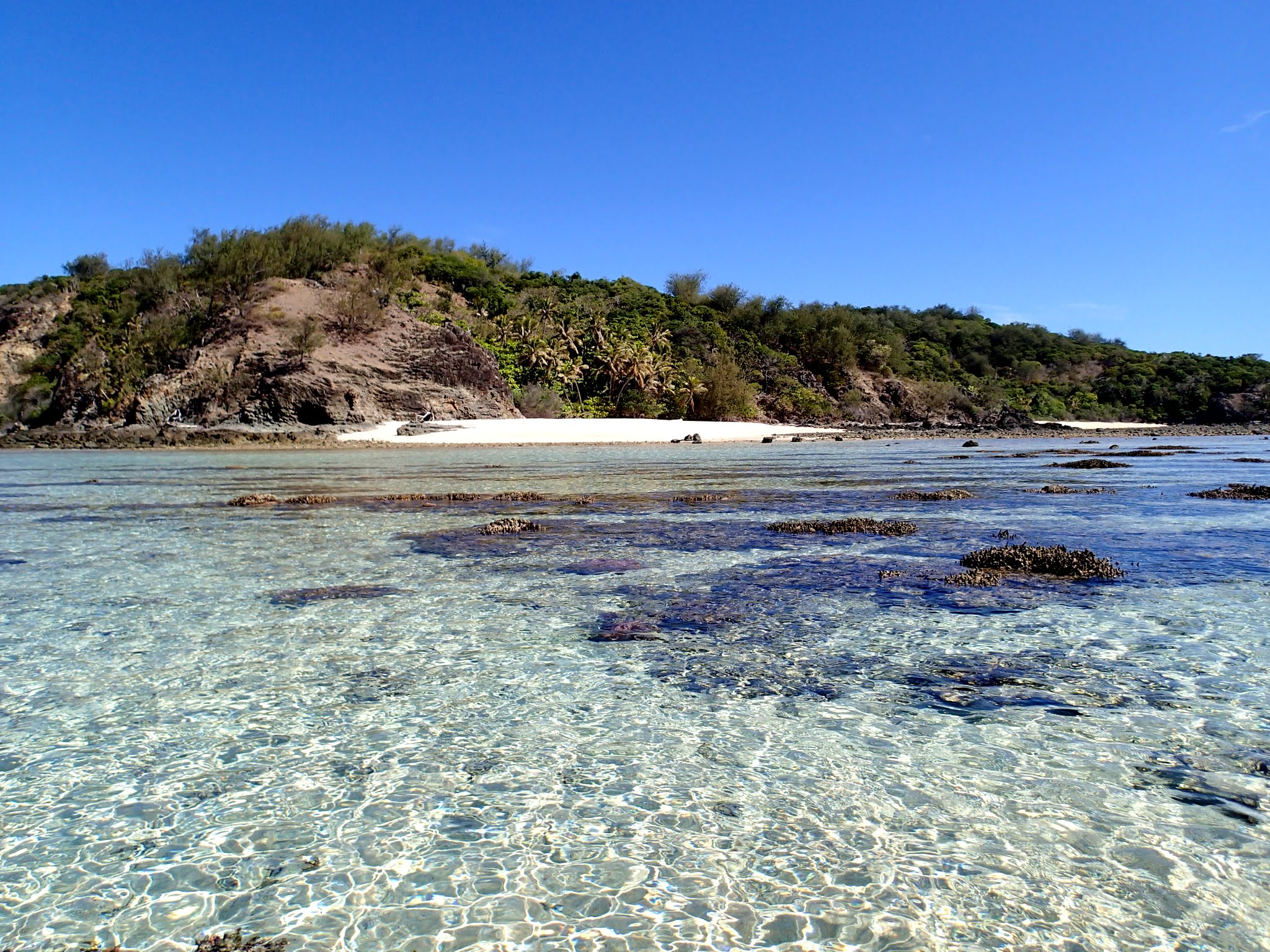July 18, 2015
These are the among the northernmost of the Mamanuca Islands, and the anchorage that lies between them would be our last stop before heading back to Vuda Marina before the wind picked up.
At this point we had an amazing weather window to visit these northernmost Mamanuca islands, which are not only in a windy area but are very exposed to west and north swells. The winds were currently very light, and the swells predicted to be from the southeast.
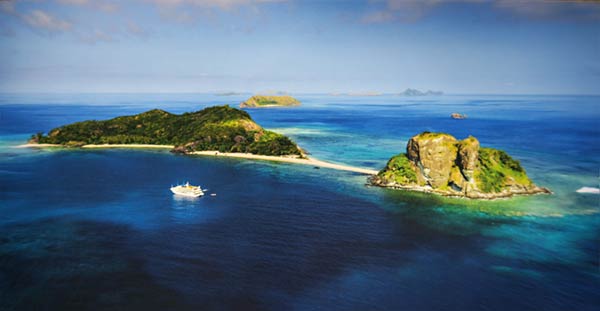
As we headed north past several of the Mamanuca Islands, it was obvious to see why some aren’t visited by cruising yachts: there are just no anchorages there. I suppose if someone were really determined they could manage it, but for us there’s so much yet to see on the beaten path that we don’t feel the need to go off it.
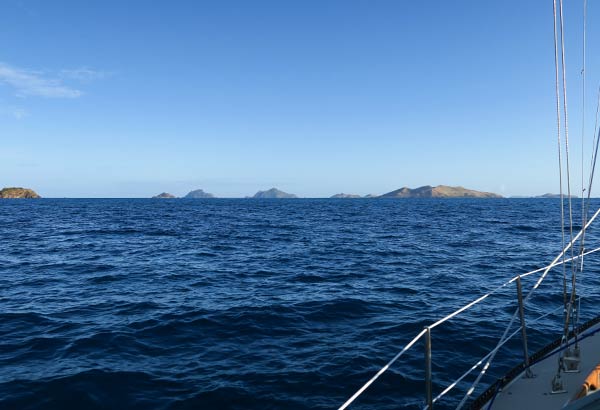
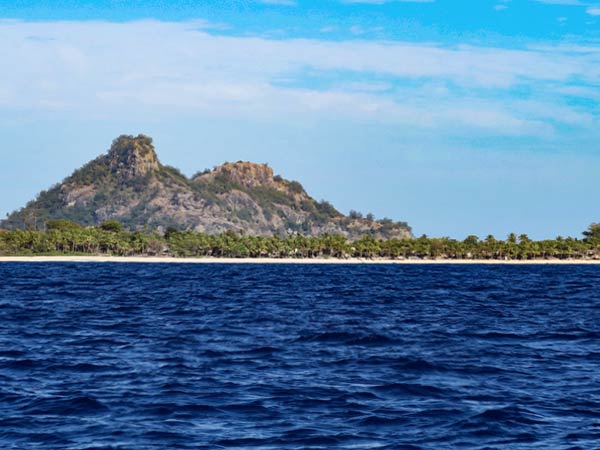
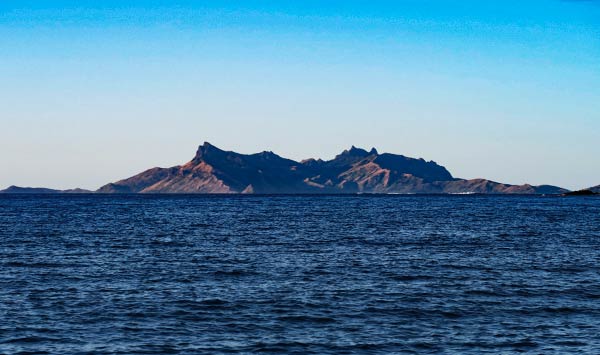
As we made our turn around the headland and got our first look at the anchorage, we were struck by its exotic beauty. The headland of Vanua Balavu is a giant monolithic rock formation, only joined to the main island by an isthmus stretch of sandy white beach.
Another isthmus, this one under shallow water, joins Vanua Balavu to Navadra Island, which has its own beach. The islands are at an angle to each other, which makes an anchorage between them.
The good news is it’s beautiful here. The bad news: it’s generally quite rolly. Our friend Tom assured us that it’s possible to experience calm water here, but I suspect that doesn’t happen very often. We had very light winds and swell conditions, yet a persistent northern swell managed to make it remarkably rolly. We decided to stay and live with it. It picked up in the afternoon, making it a challenge to get onto the boat from the dinghy, but it wasn’t so bad that we couldn’t sleep later that night. Below a few pictures of the anchorage. (Click to enlarge and scroll through photo galleries below.)
The second bit of good news: there are beautiful beaches! The second bit of bad news: a shallow coral shelf lines all the beaches and makes them hard to get to with a dinghy. We were there at low tide, though; so it might be easier at high tide. Below, a gallery of the beaches we had to choose from, if only we could get to them! We went from beach to beach, and none were accessible.
We finally did manage to find a small pass through some coral and get close enough to Navadra’s beach where we could pick up our dinghy and carry it (wearing sturdy sandals) to the beach. Once we set it down, we walked across the shallow, coral-strewn isthmus to Vanua Balavu, then back again to Navadra’s beach. The beaches are little hard to walk on, the sand a bit soft so you end up trudging over it, but there are lots of neat, although weather-beaten, shells to be found.
After walking along the beach, we carried our dinghy back out over the choral shelf, then used our yelling sticks (oars) to row out to deeper water. The snorkeling looked intriguing, and we thought about getting our gear and coming back. But then we got back to Legacy, and she was rolling around so much we didn’t feel inclined to leave her again. Instead we put our dinghy and engine onboard in case it got worse and we needed to leave. –Cyndi
